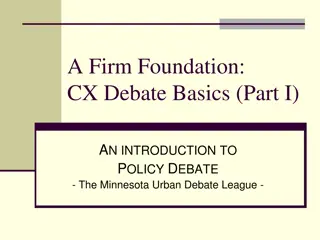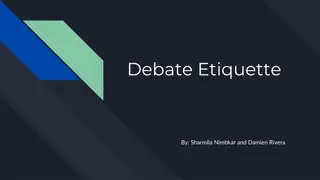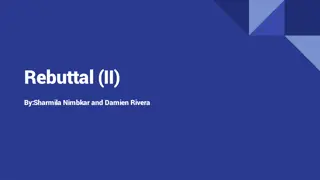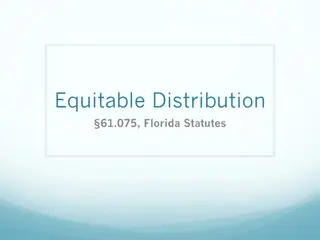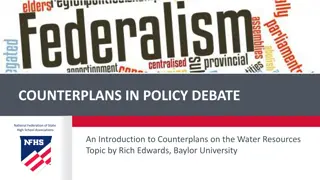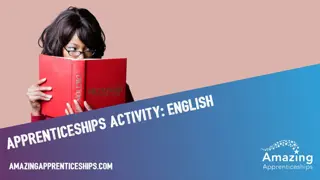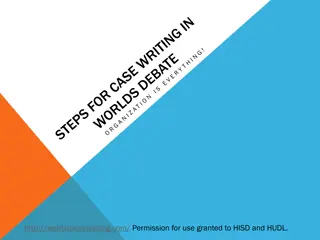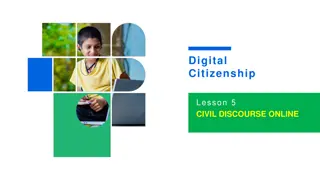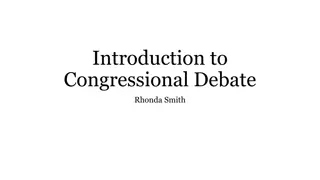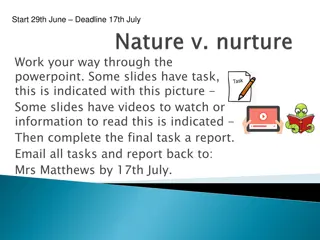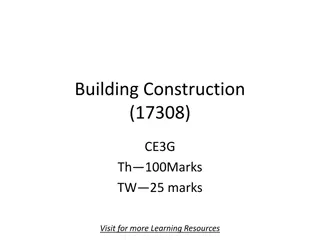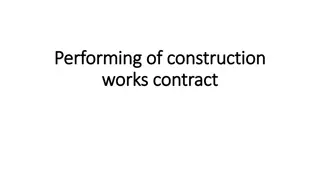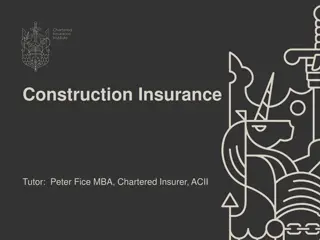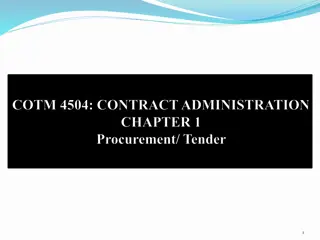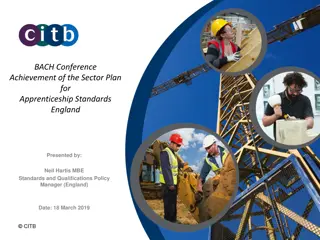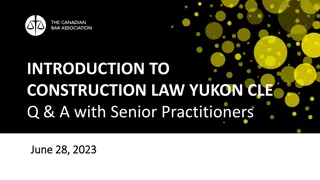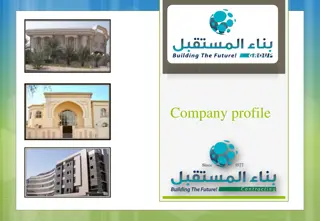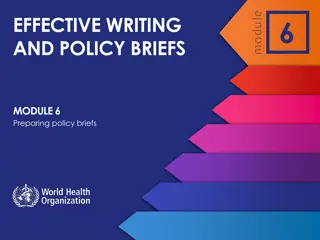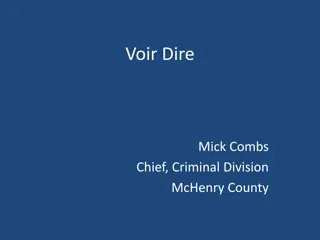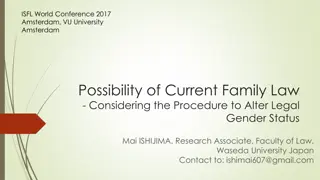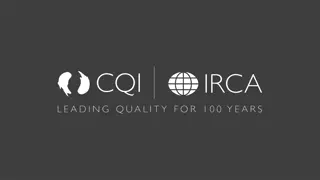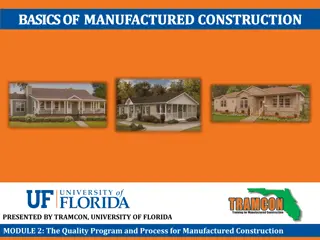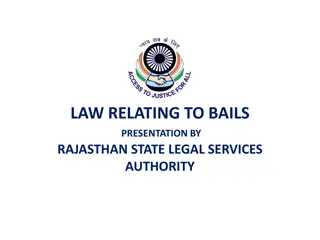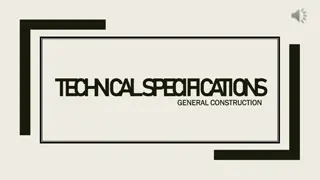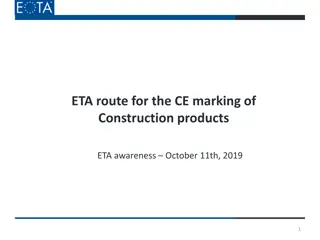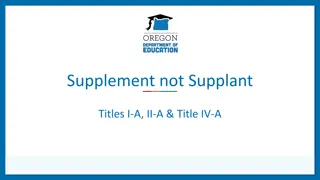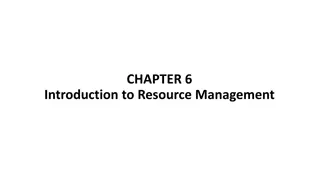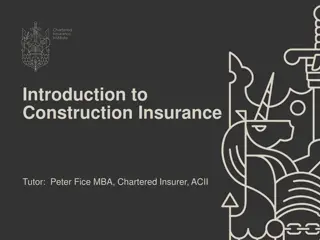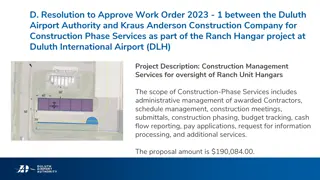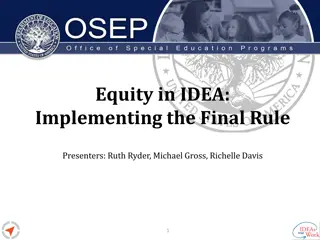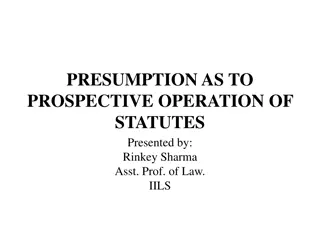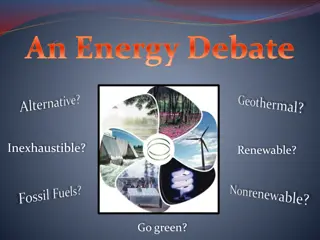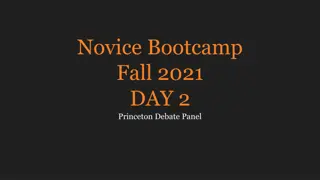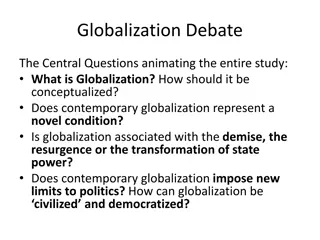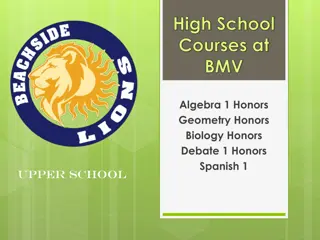Understanding Policy Debate Basics: Topicality, Presumption, and Case Construction
Explore the nuances of policy debate focusing on topicality, presumption, and case construction. Learn how debaters analyze the resolution, argue definitions, and use standards to ensure fairness in debates. Dive into the essential components of the First Affirmative Constructive (1AC) and how observations play a crucial role in presenting evidence systematically.
Download Presentation

Please find below an Image/Link to download the presentation.
The content on the website is provided AS IS for your information and personal use only. It may not be sold, licensed, or shared on other websites without obtaining consent from the author. Download presentation by click this link. If you encounter any issues during the download, it is possible that the publisher has removed the file from their server.
E N D
Presentation Transcript
A Firm Foundation: CX Debate Basics (Part II) AN INTRODUCTION TO POLICY DEBATE - The Minnesota Urban Debate League -
Definition of Topicality Topicality (abbreviated T ): an argument where teams debate the meaning of certain words in the resolution in an attempt to prove that the affirmative either is or is not debating the topic. Remember discussing fairness earlier? Topicality is a guarantee that the affirmative presents a case that the negative could reasonably expect and prepare for given the current resolution.
Again, the resolution: Resolved: The United States federal government should substantially increase its exploration and/or development of space beyond the Earth s mesosphere. Each word, phrase and clause of the resolution establishes meaning within the context of the debate.
Another way of looking at it Resolved: The United States. USFG the should Topical in (Scope of Resolution) substantially investment increase infrastructure its transportation
Topicality & Presumption The affirmative does NOT need to define the entirety of the resolution in the 1AC. Unlike the other stock issues, it is the negatives burden to define what word they believe the affirmative is violating in the resolution. Presumption, in this instances, lies with the affirmative. If the negative manages to show why the aff is non- topical, they will often win the round without the judge ever considering the aff case. For this reason, topicality is often called an a priori issue.
Topicality Format Definition: Define the word or phrase you would like to argue (definition can come from dictionaries, legal statute, international treaties and just about anywhere else. Interpretation: Why the affirmative use of the word either meets or does not meet the definition. Standards: Why listening to the case creates either a fair or unfair debate (hint: it has to do with fairness). Voters: Why the judge should or should not consider voting against a non-topical affirmative on Topicality grounds alone.
Writing a Case The First Affirmative Constructive (1AC) presents the affirmative case. Observations (sometimes called Contentions) the 1AC is usually outlined in specific observations. Observations make it easier for everyone (including the judge) to identify the nature of the evidence being read. Order and congruity are important.
Specification Plan Planks the plan is usually broken into separate plan planks. Example of Plan Planks: Plank One: An explanation of exactly what the federal government should do (i.e. pass a law, abolish a law, or create a program) Plank Two: Funding where the funds will come from to pay for the existence of the plan. Plank Three: Enforcement the means in which the plan will be imposed. Be sure that plans and plan planks mirror the language used by your plan/solvency advocate.
Fiat The Four Letter F Word Fiat is Latin for the phrase let it be done. Often describes as a magic wand that allows the passage of the plan. Should v. Would Fiat allows the focus of the debate on should the affirmative plan pass and not would the affirmative plan pass.
Normal Means Normal Means is the general operating procedures that the federal government undertakes to pass legislation. Funding and Enforcement are generally done through Normal Means. There are advantages to specifying exactly where the funds are allocated from. For example, budget trade-off advantage and answers to disadvantages.
Normal Means Two catch phrases that are used in plan text to explain the implementation of normal means: funding and enforcement guaranteed funding and enforcement through normal means These statements answer the question how much does the plan cost? These statements derive from the affirmative power of fiat.
Putting It All Together: A Sample Plan Observation One: Inherency US space programs are being cut in the status quo Evidence (with Citation) Observation Two: Harms US scientific advances stagnate without robust space program; harms should come with a significant impact Evidence (with Citation) Plan: The USFG will fund new space exploration (specify program) Language must reflect solvency evidence and overcome inherent barrier Observation III: Solvency New space program solves for scientific advances (cards must state that plan will solve for stated harms Evidence (with Citation)
Additional Notes Each contention can have multiple subpoints, spinning additional inherency, harms and solvency scenarios Oftentimes, teams will create additional advantages following from the case s solvency (e.g. Case solves Sino-US Relations (S); Sino-US relations key to economic recovery (Adv.))
Flowing: Note Taking for the Argumentative Flowing is a logical form of note taking that allows an individual to keep contentions and subpoints separate in order to understand what has and has not been argued. WARNING: There is no substitute for flowing. You can t remember everything Organization is the key to winning a debate and flowing is the key to organization. Ergo
A few quick how tos on flowing Practice Flowing takes time, repetition, and lots of practice. Space Flowing requires a lot of paper. Put different arguments on different paper (i.e. disadvantages, topicality, counter-plans, harms, solvency) Color Using different color pens helps distinguish between affirmative arguments. Abbreviate Nvr wrt cmplt sntcs. (A few common ones: (leads to); (increases); (decreases); (changes); THISS (the stock issues)) Come up with your own shorthand if needed. Prioritize First write the tag (main idea of the evidence), then write the citation, then write any other important details. It s easiest to understand seeing it in action.
An example of flowing Just the opposite is true: African cultures have traditional values which would be undermined by condom-promotion. I. Abstinence-based education is incapable of slowing the HIV/AIDS epidemic in sub- Saharan Africa The Bush administration s approach imposes U.S. religious values on African cultures. Uganda s success is primarily the result of its condom promotion efforts not abstinence promotion. Abstinence-based programs are primarily responsible for Uganda s remarkable success against HIV/AIDS A. It imposes a culturally-biased view The ABC approach is confusing because it sends mixed messages; education programs could be more successful with straight-forward condom promotion. B. It has failed where it has been tried Untrue: The ABC approach used in Uganda and elsewhere combines abstinence education and condom use. C. It undermines condom-based education programs
Research Research Research Google Alerts for topic area Be Creative Follow blogs (www.the3nr.com; www.planetdebate.com; www.debatecentral.com; www.abnormalmeans.com) Write your own cases and arguments!
Questions? PowerPoint available at http://minnesotaurbandebateleague.wikispaces.com/Curriculum


